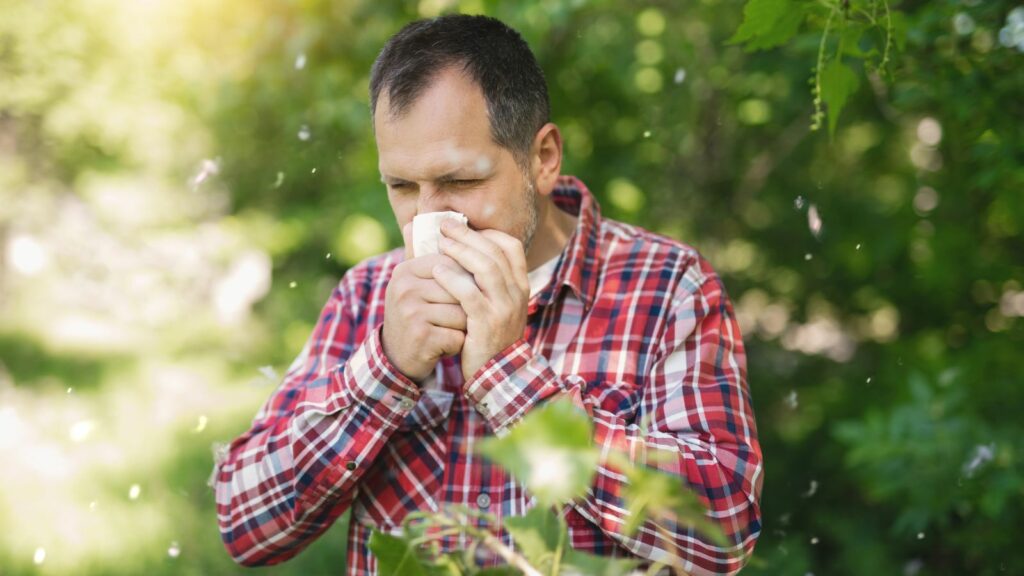More than ever, communities are changing and the close-knit relationships we experienced as children are no longer as strong. From an increase in crime to people leading a quieter life, some neighbourhoods in the U.S. are becoming unsafe. Here are 18 worrying signs that your community might be becoming less secure:
Increase in Crime Rates
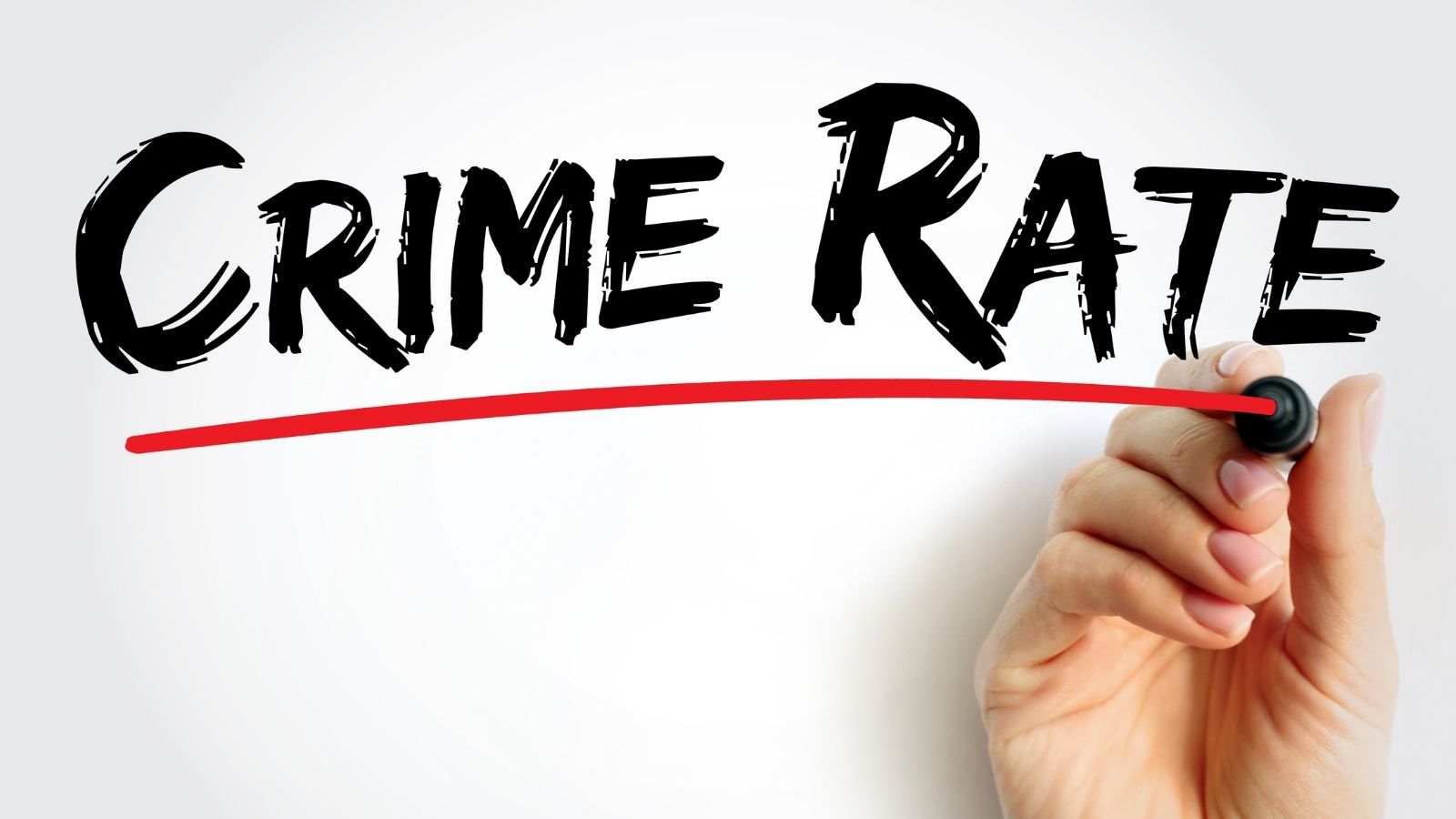
A clear sign that a neighborhood is becoming less safe is when there is a rise in crime rates. This could include more violent crimes like assaults and robberies or property crimes like burglaries and vandalism happening more frequently in the area.Try keeping an eye on crime updates or websites such as Neighborhood Scout to stay informed about whats going on.
Graffiti and Vandalism
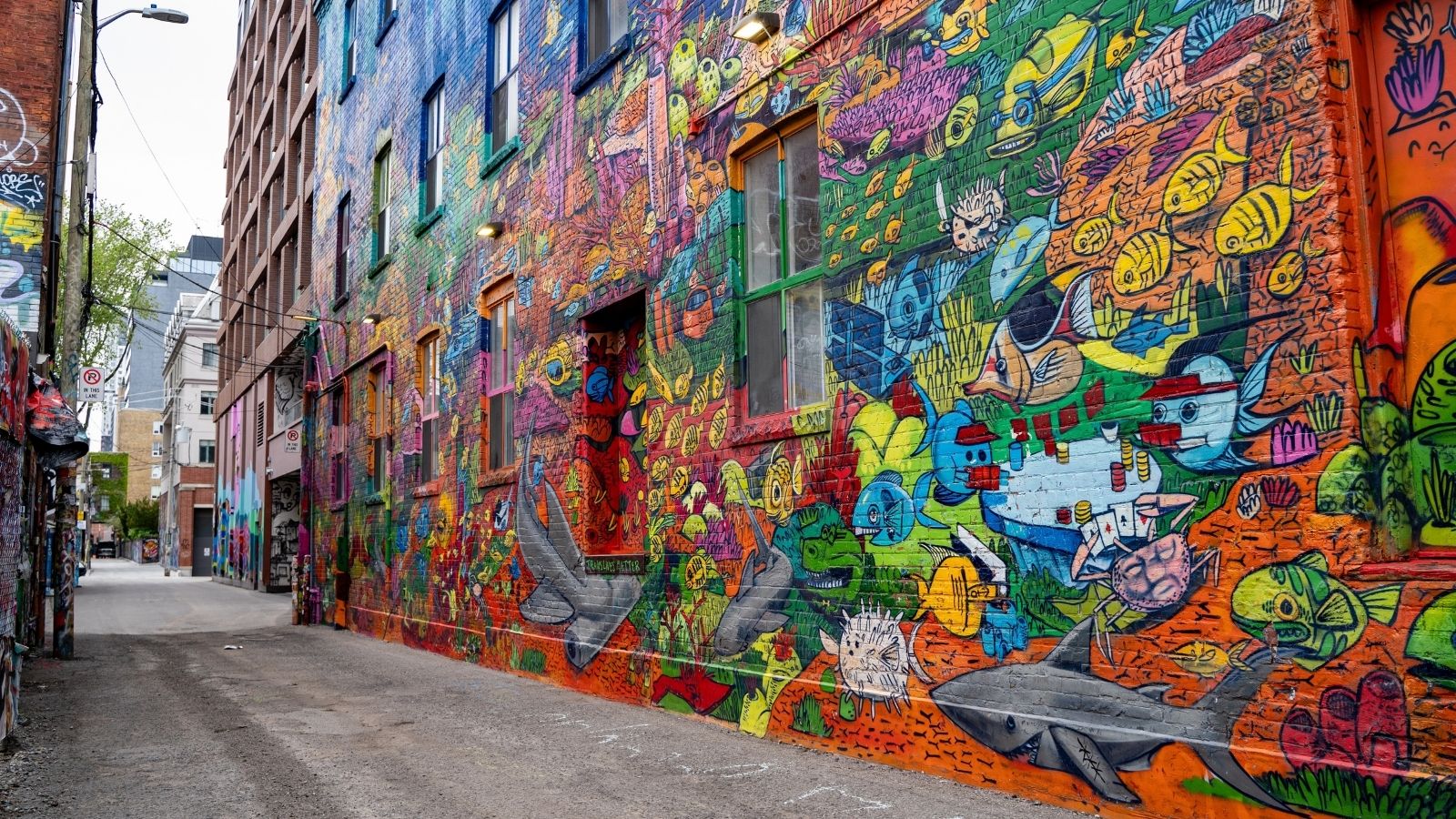
The appearance of graffiti and vandalism, especially if it’s widespread and not quickly addressed, can signal a breakdown in community pride and law enforcement presence. Graffiti tags associated with gangs may also imply the existence of gang related activities in the area.
Abandoned Properties

Increases in abandoned or empty properties are often an indication of looming economic downturn and may also serve as a magnet for criminal activity. These properties may turn into hubs for illicit activity like drug usage or squatting which exacerbates community unrest.
Neglected Public Spaces
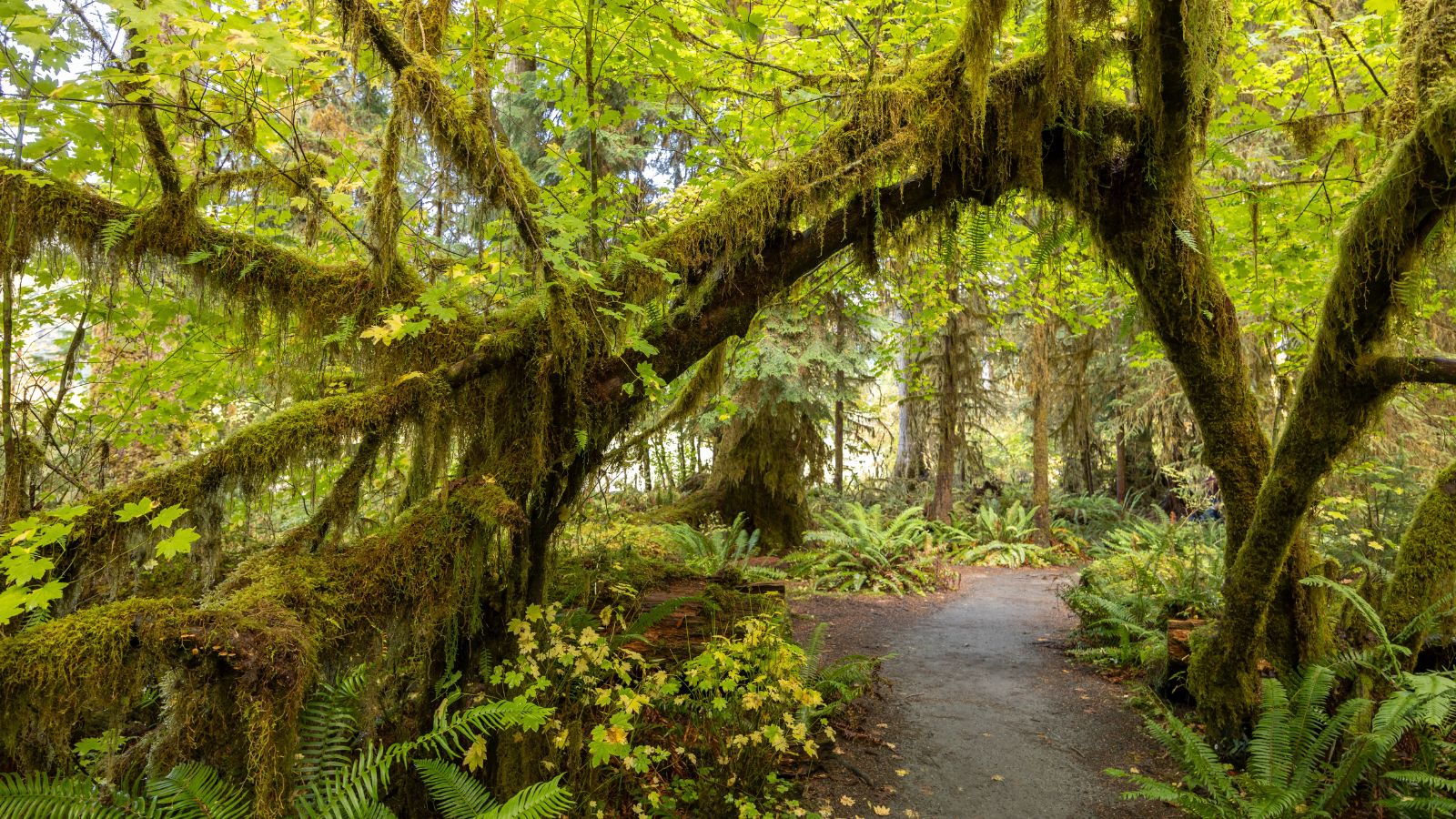
Parks, playgrounds, and other public spaces that are poorly maintained or show signs of neglect, such as broken equipment or litter, can indicate a lack of community investment. This neglect often correlates with reduced safety, as these areas become less inviting for families and more attractive to criminals.
Diminishing Police Presence
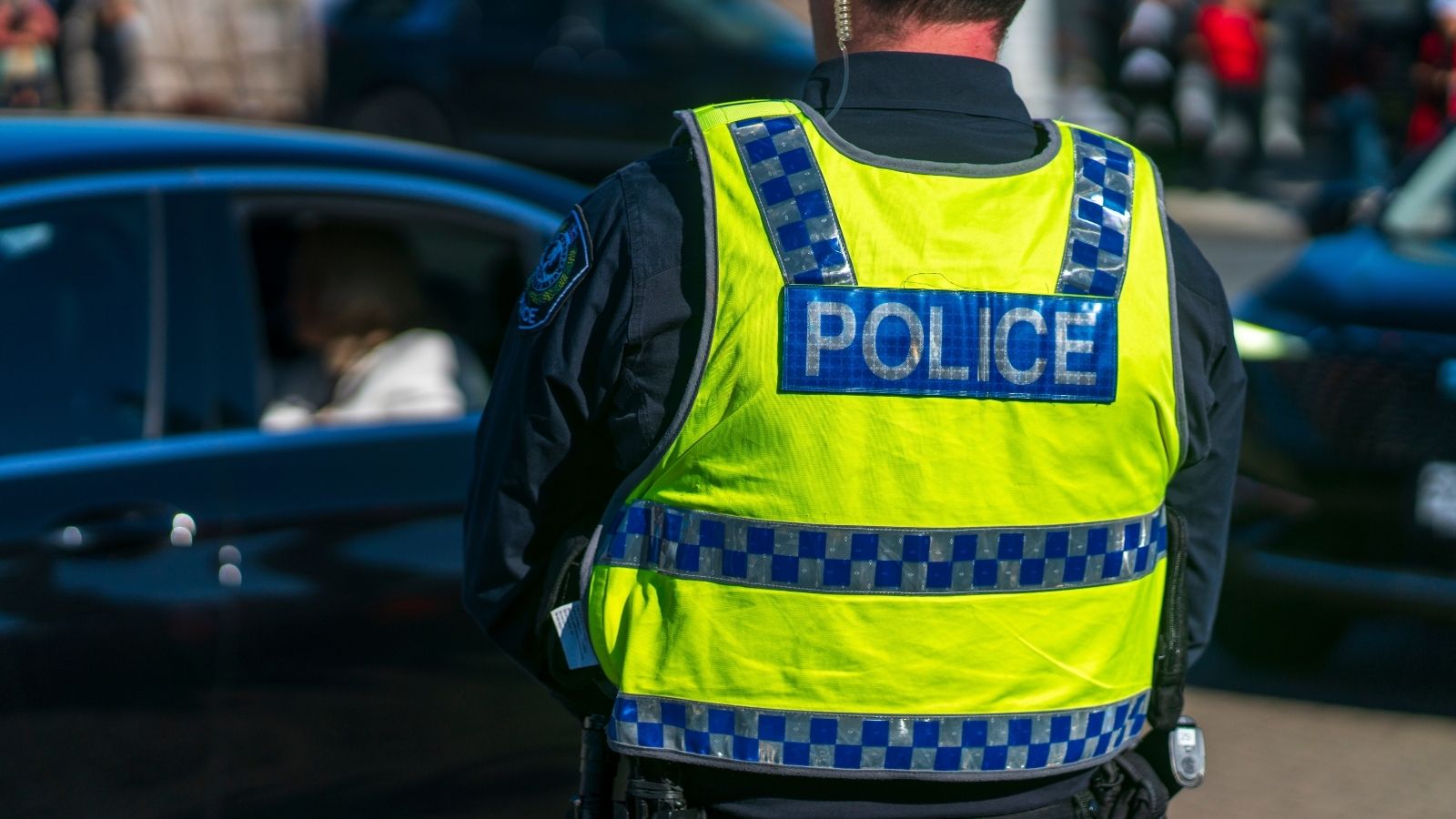
A noticeable reduction in police patrols or delayed response times can leave a neighborhood vulnerable to crime. A robust police presence usually discourages criminals from engaging in unlawful behavior and makes residents feel secure.
Increase in Loitering
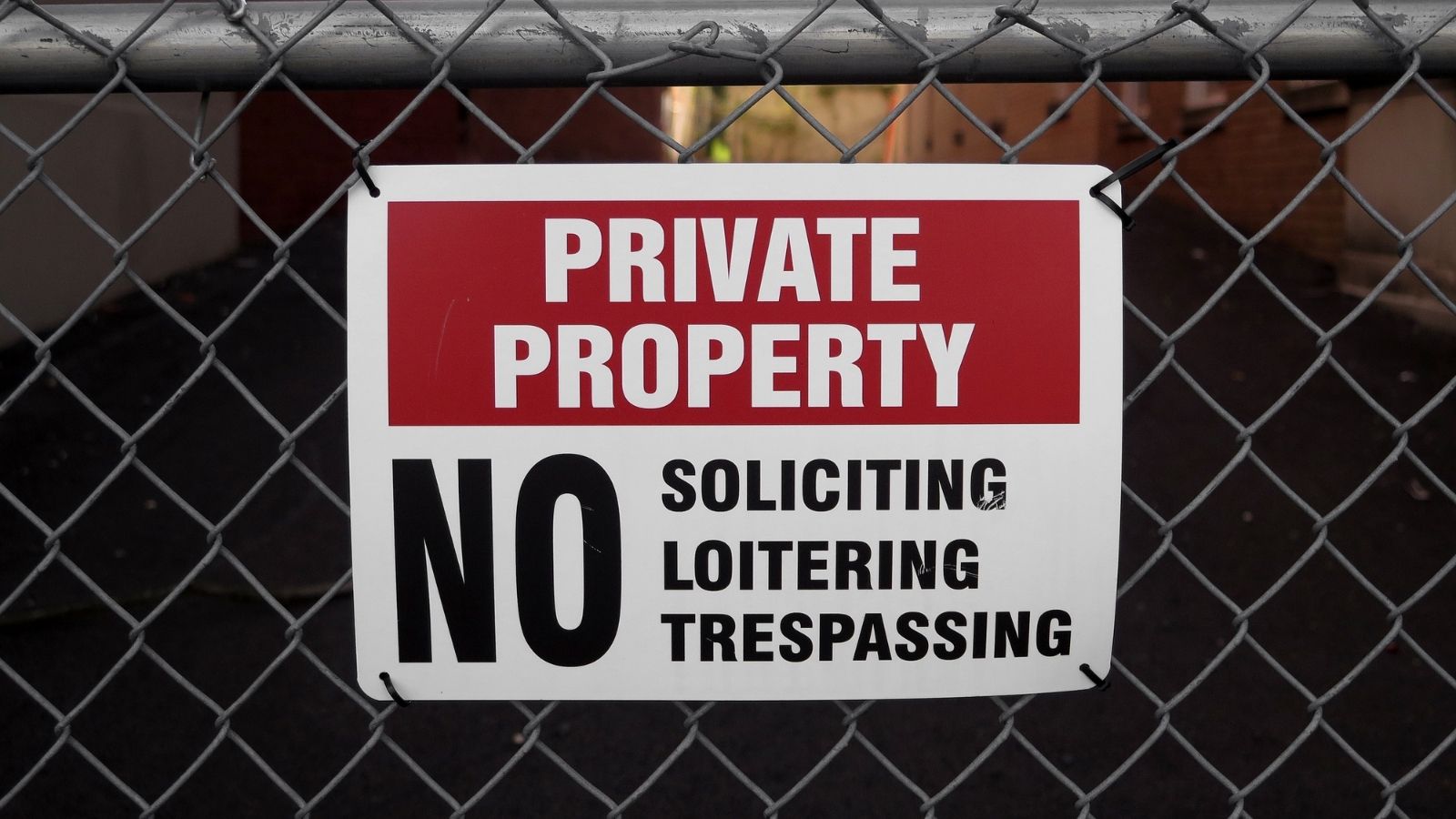
An increase in groups of people loitering in public areas, especially if they appear to be engaging in suspicious activities is a strong indicator of rising crime. Loitering can lead to drug dealing, harassment which can be intimidating for communities.
Rise in Drug-Related Activity

If you start noticing more drug-related activity in your neighborhood, such as people dealing drugs openly or an increase in drug paraphernalia on the streets, it’s a serious sign that the area is becoming unsafe. Drug use in neighborhoods frequently fuels other forms of violence and crime, like theft and knife crimes.
Decline in Property Values
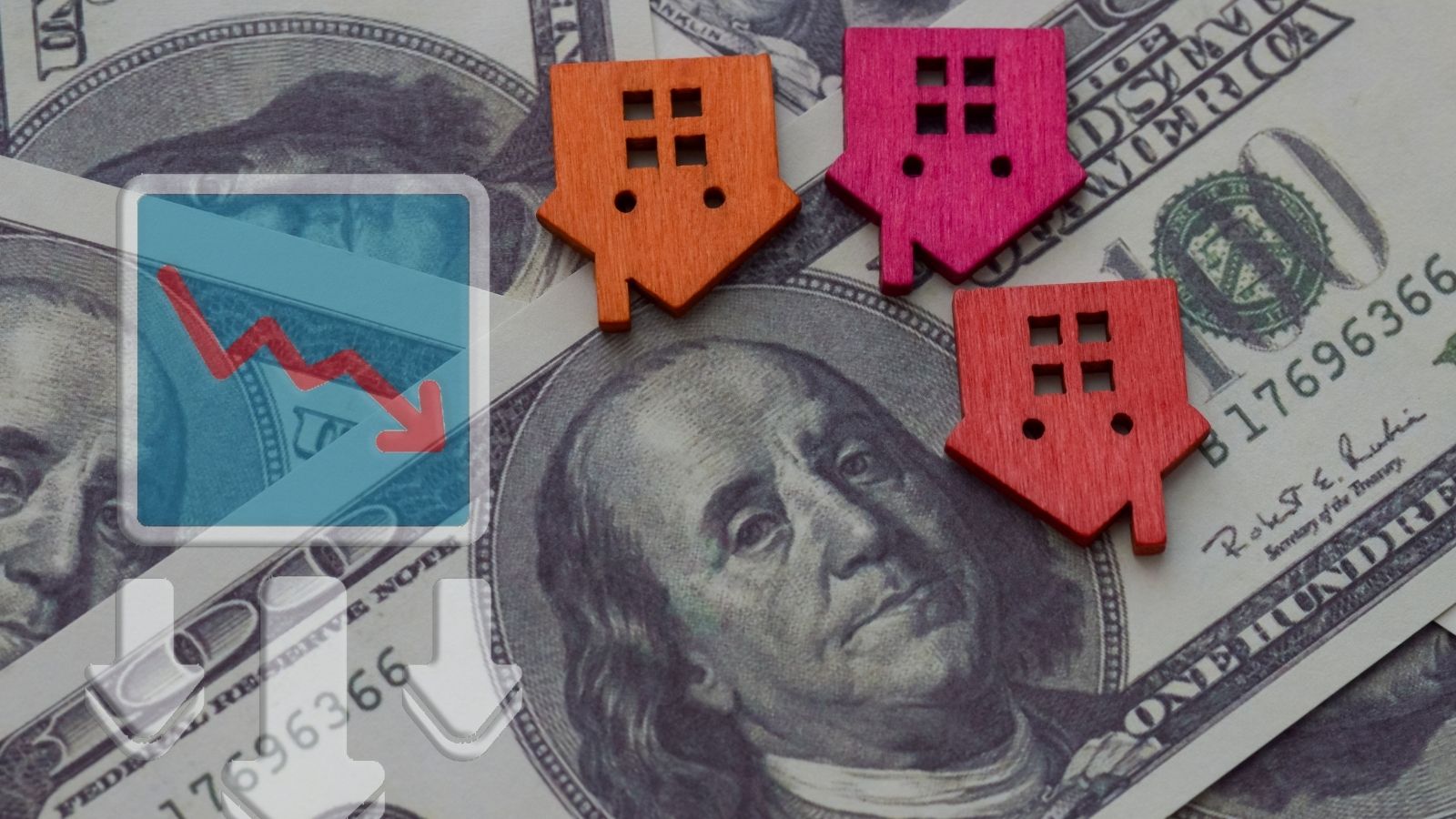
Property values dropping suddenly or gradually might indicate an issue to watch out for as when individuals begin moving from a neighborhood because of safety worries it tends to bring down property prices as well. This decline could spark interest from investors searching for bargain deals on estate leading to a rise in rented accommodations and a more transient community.
More Emergency Services

If you notice an increase in the number of emergency vehicles, such as police cars, ambulances, or fire trucks, it could indicate that there are more incidents occurring in your area. Frequent sirens and emergency response activities often signal trouble.
Closed Businesses

When local businesses start closing or moving out of the area, it’s often a sign that the neighborhood is deteriorating. A vibrant business area is indicative of a thriving community, so the departure of businesses can result in a decline in employment, a decrease in foot traffic and an increase in criminal activity.
Unfamiliar Faces

If you start noticing an influx of unfamiliar people in your neighborhood, particularly if they seem out of place or are engaging in suspicious activities, it could be a sign that the area is attracting criminals or transient individuals.
Increase in Noise Complaints
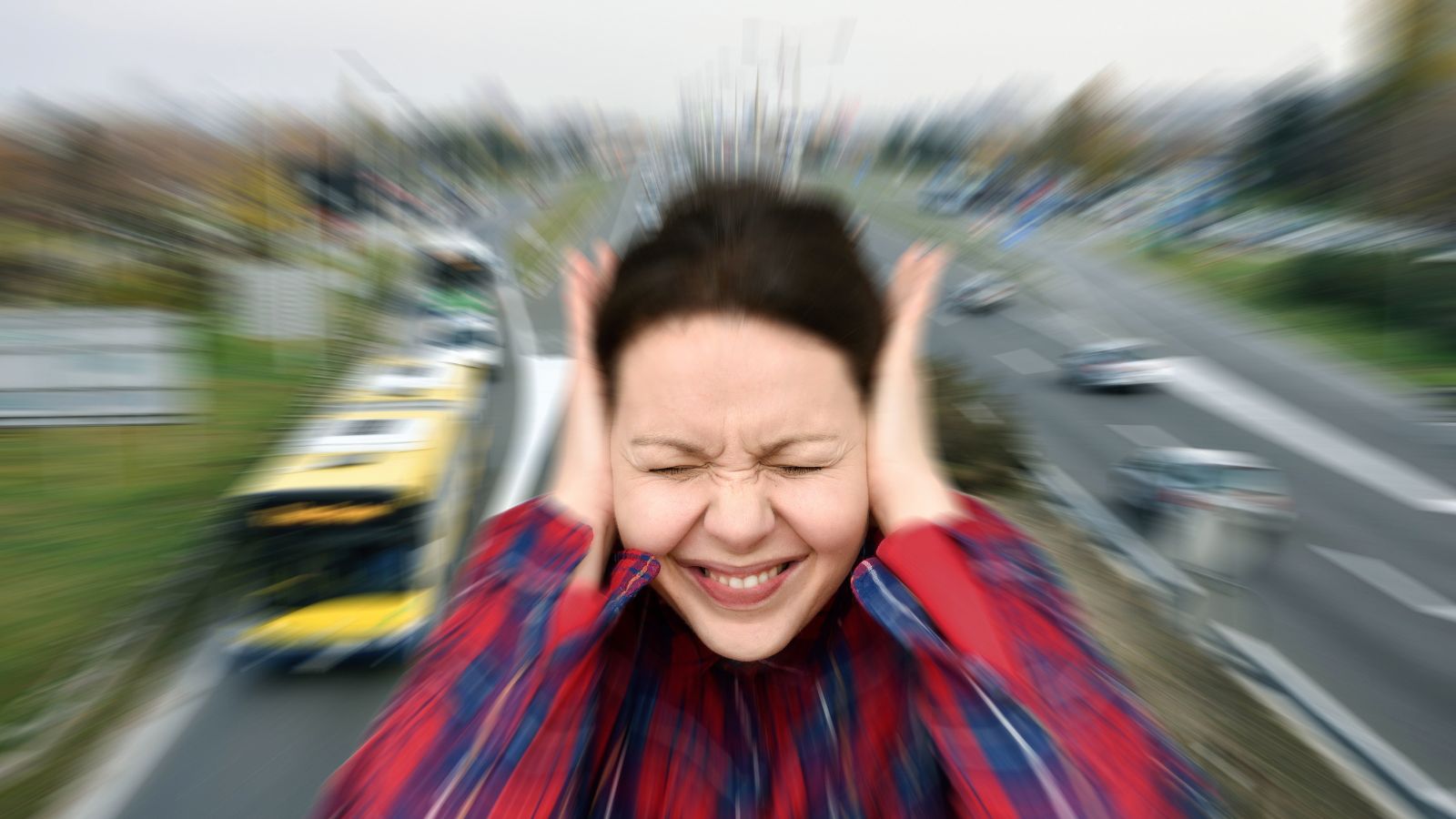
A rise in noise complaints, especially related to parties, loud music, or arguments, can indicate that the neighborhood is attracting a more disruptive element. Persistent noise can lead to conflicts and may signal an increase in domestic disturbances or unruly behavior, especially among young people.
More Homeless Encampments
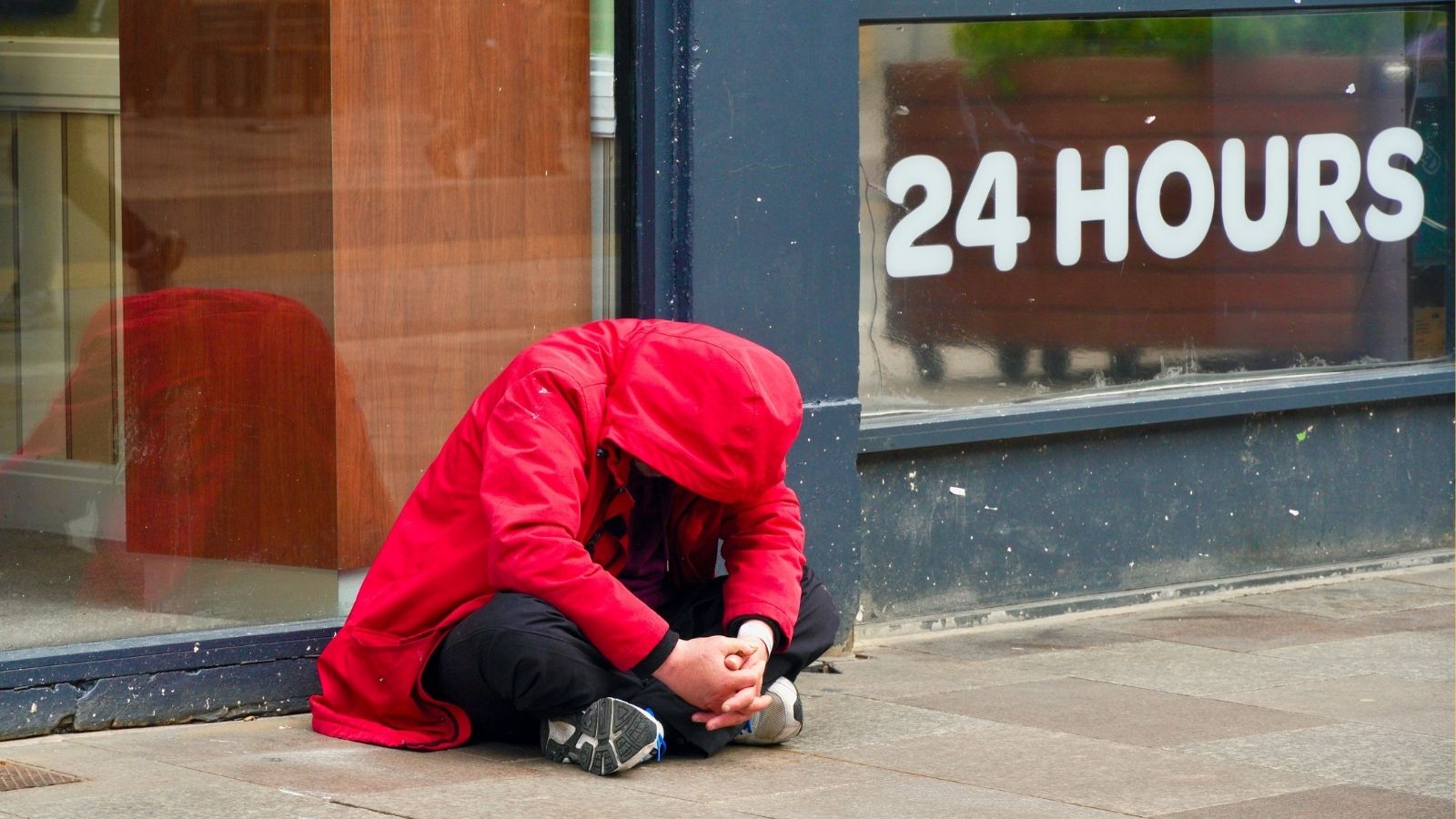
An increase in homeless encampments can be a sign of broader economic issues affecting the area. While homelessness itself doesn’t necessarily lead to crime, it can be an indicator of declining community resources and can sometimes lead to an increase in petty crimes or safety concerns.
Poorly Lit Streets
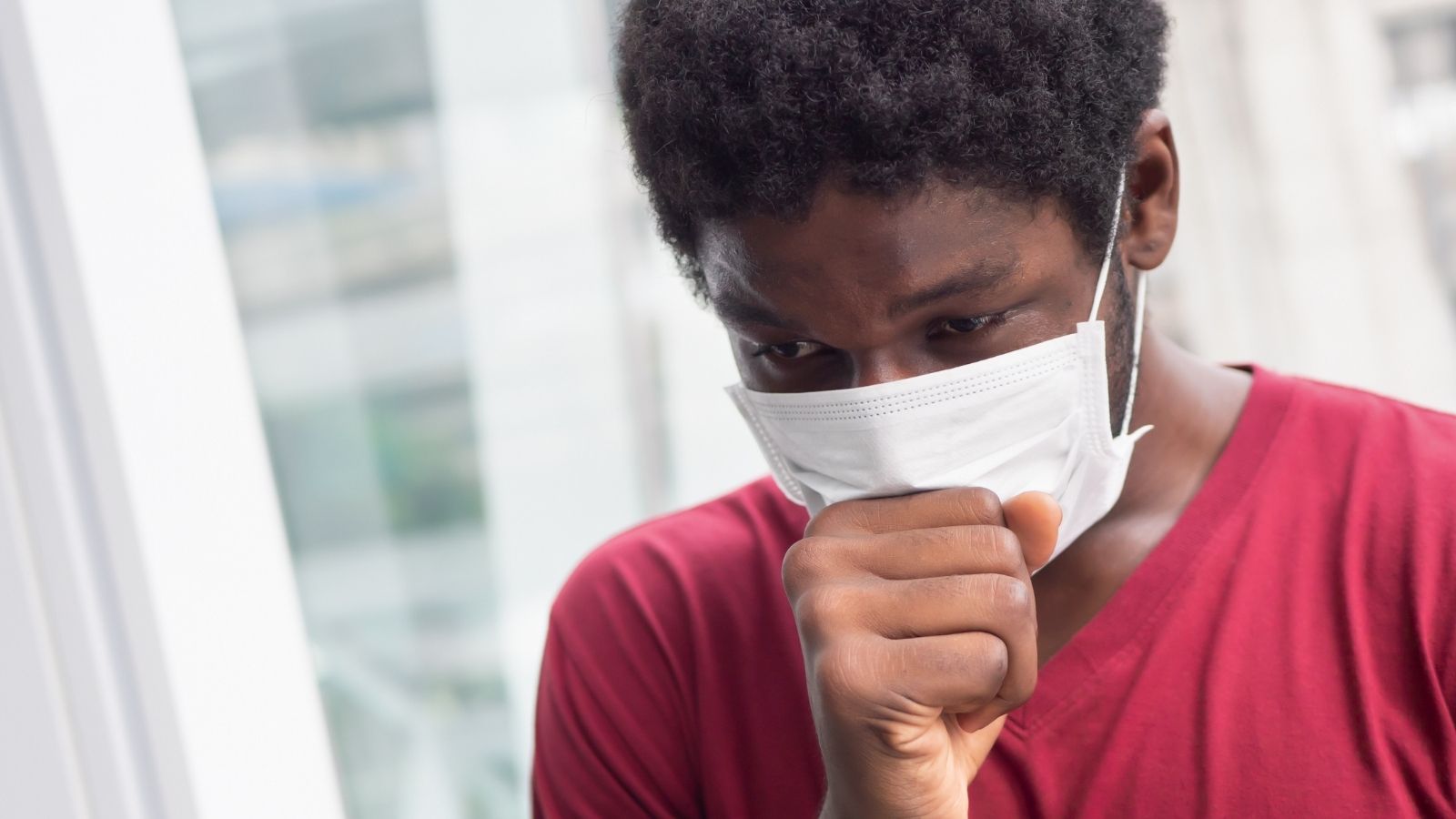
Insufficient street lighting or frequent outages can encourage activity in neighborhoods as it creates an unsafe environment for residents and diminishes the deterrent effect against crime that proper lighting provides.
Increased Presence of Gangs
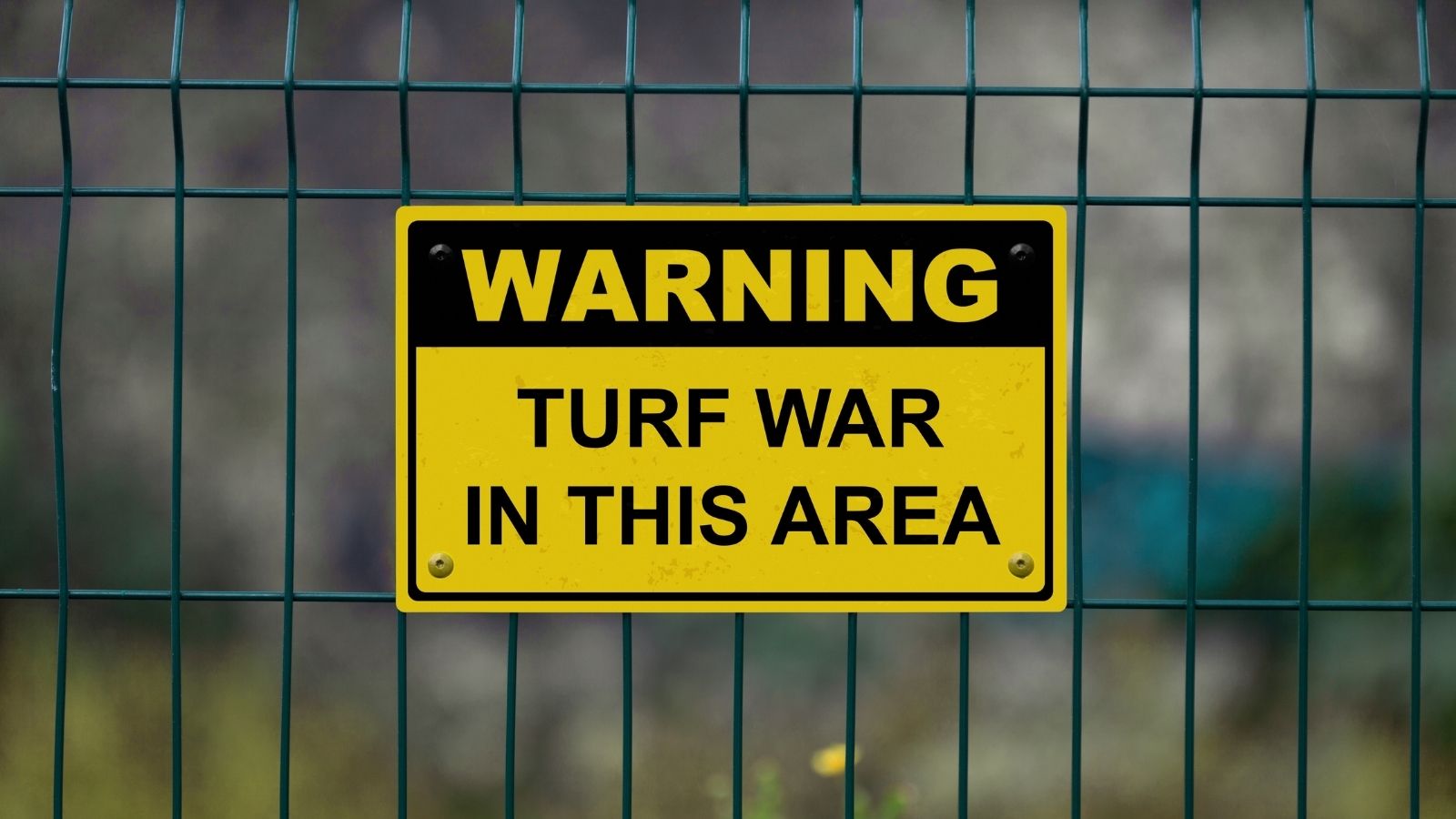
The presence of gangs or gang-related graffiti is a significant indicator of an unsafe neighborhood. Gangs often bring with them violence, drug trafficking, and a culture of fear that can destabilize communities.
Frequent Solicitors or Scammers

An increase in door-to-door solicitors, especially those with dubious credentials, can be a sign that your neighborhood is being targeted for scams. Scams can also include an increase in phishing attempts, fake charity collections or other forms of fraud from oppotunists.
Rising Insurance Rates
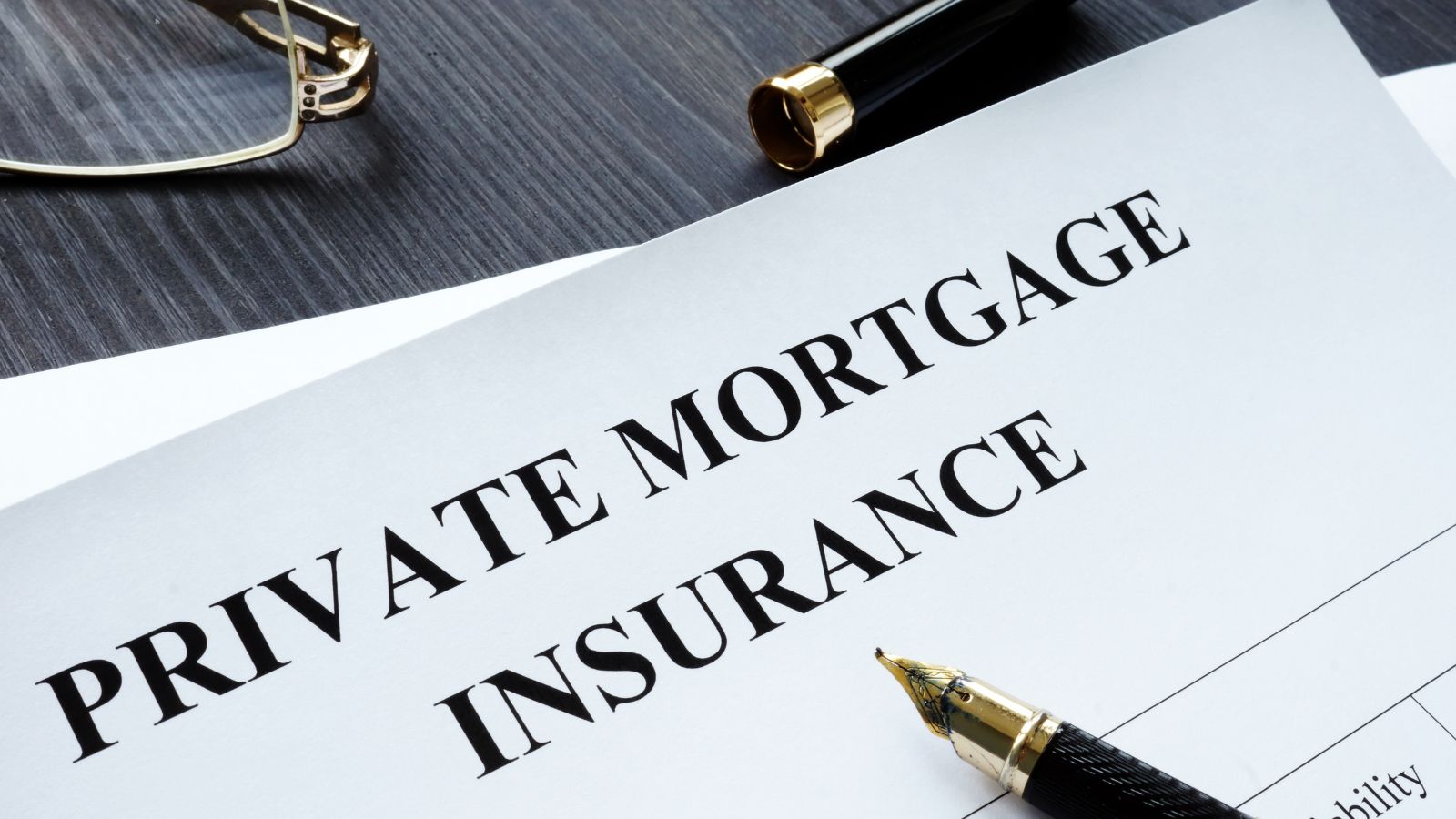
If your homeowner’s or renter’s insurance rates suddenly increase, it could be due to a higher perceived risk in the area. Insurance companies adjust rates based on the likelihood of claims, which can be influenced by rising crime rates or other safety concerns.
Diminishing Community Involvement

A decline in community involvement can be a troubling sign for many neighborhoods. When fewer people participate in neighborhood watch programs, local events or community meetings, it often leads to areas being neglected. This can in turn lead to people taking less care for where they live and could increase criminal activity.
5 Canadian Provinces Predicted to Thrive in the Next Economic Boom
 To thrive in an economic boom, a region needs good infrastructure, talented people, government policies that support growth and uplift the economy, and a culture of entrepreneurship. Often, the demography can also be a significant indicator of a region’s economy in the next few years. Although reports may vary on which regions will perform the best economically, certain regions come up on every list. Here are 5 Canadian provinces predicted to thrive in the next economic boom:
To thrive in an economic boom, a region needs good infrastructure, talented people, government policies that support growth and uplift the economy, and a culture of entrepreneurship. Often, the demography can also be a significant indicator of a region’s economy in the next few years. Although reports may vary on which regions will perform the best economically, certain regions come up on every list. Here are 5 Canadian provinces predicted to thrive in the next economic boom:
5 Canadian Provinces Predicted to Thrive in the Next Economic Boom
